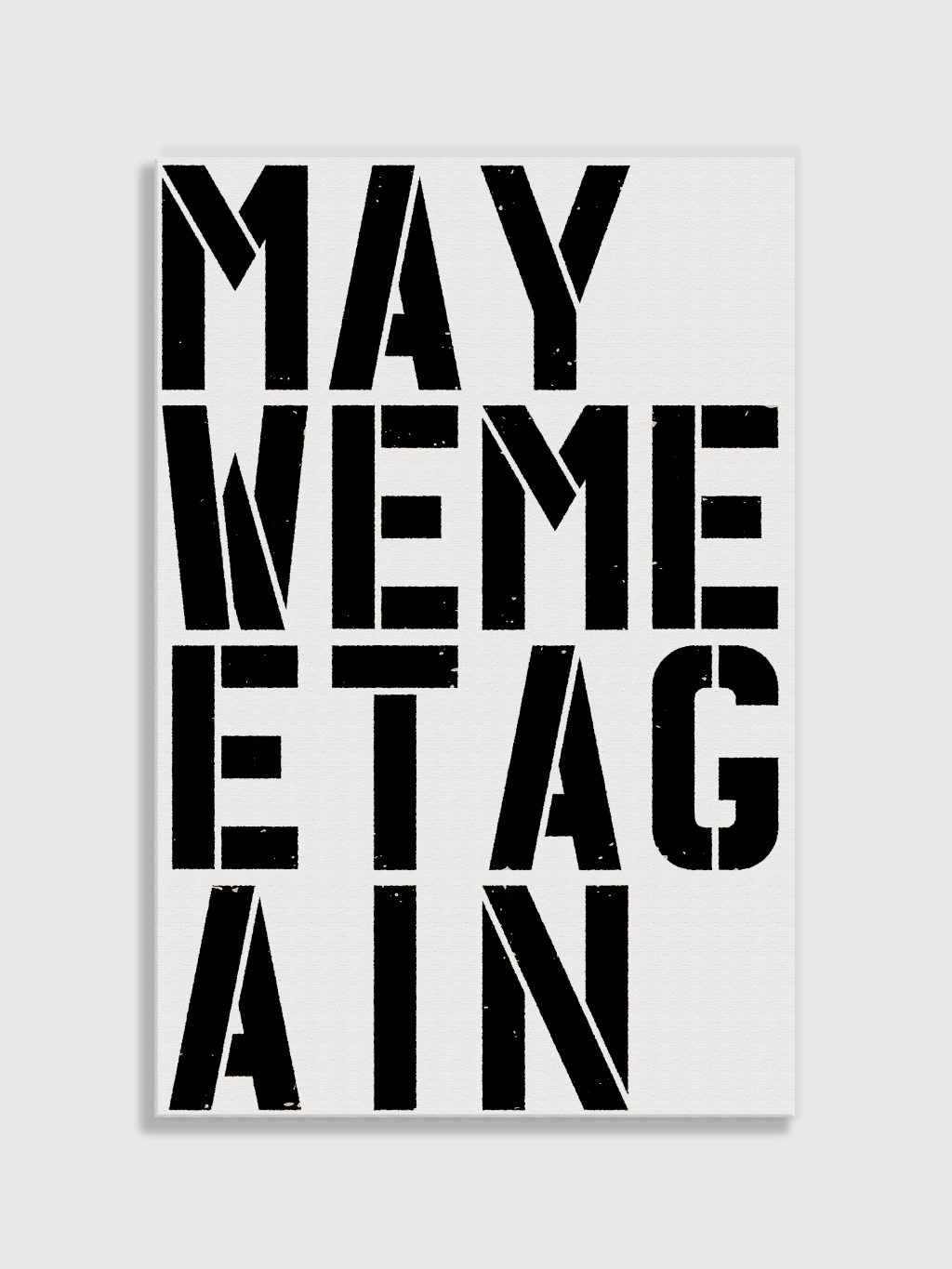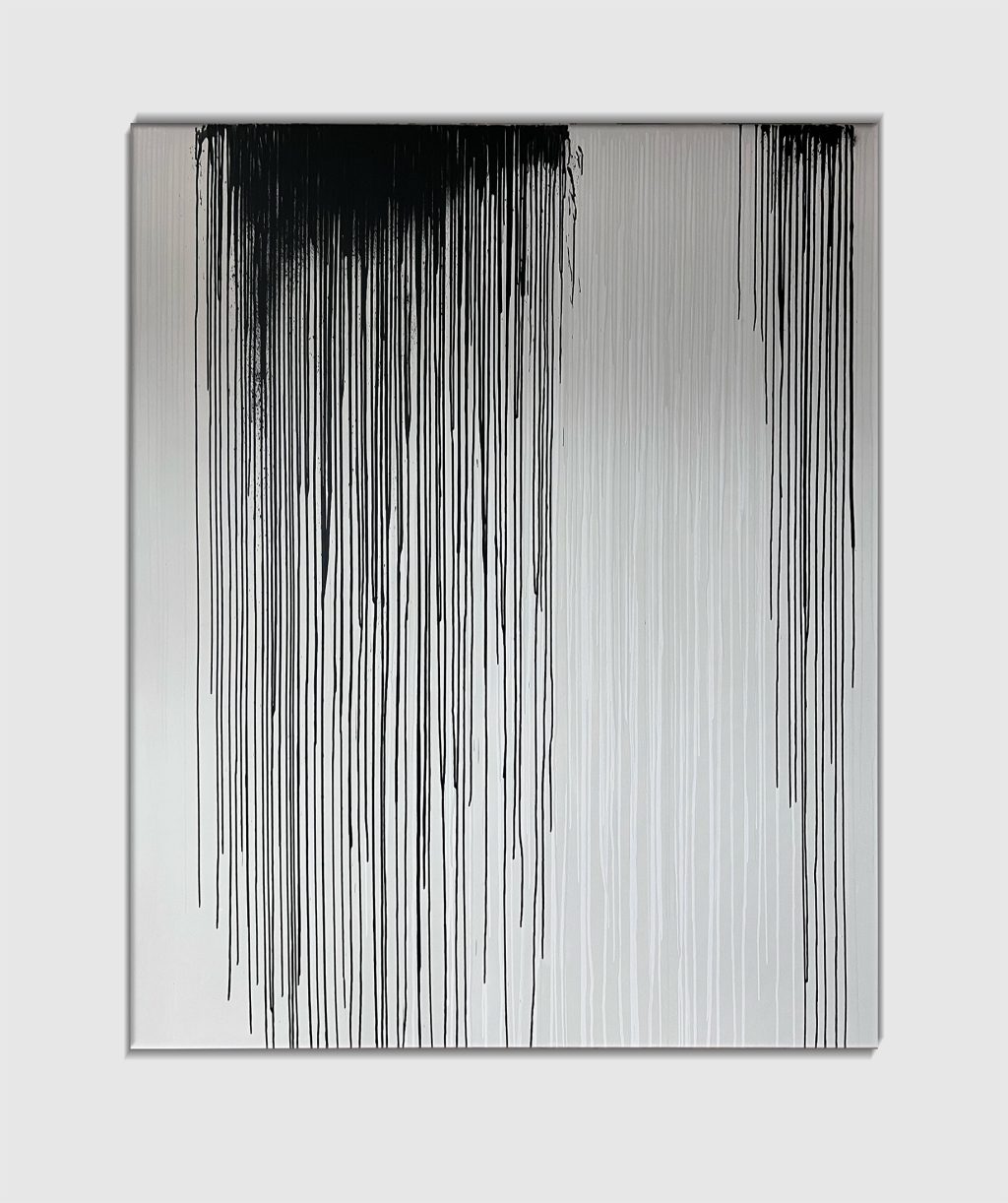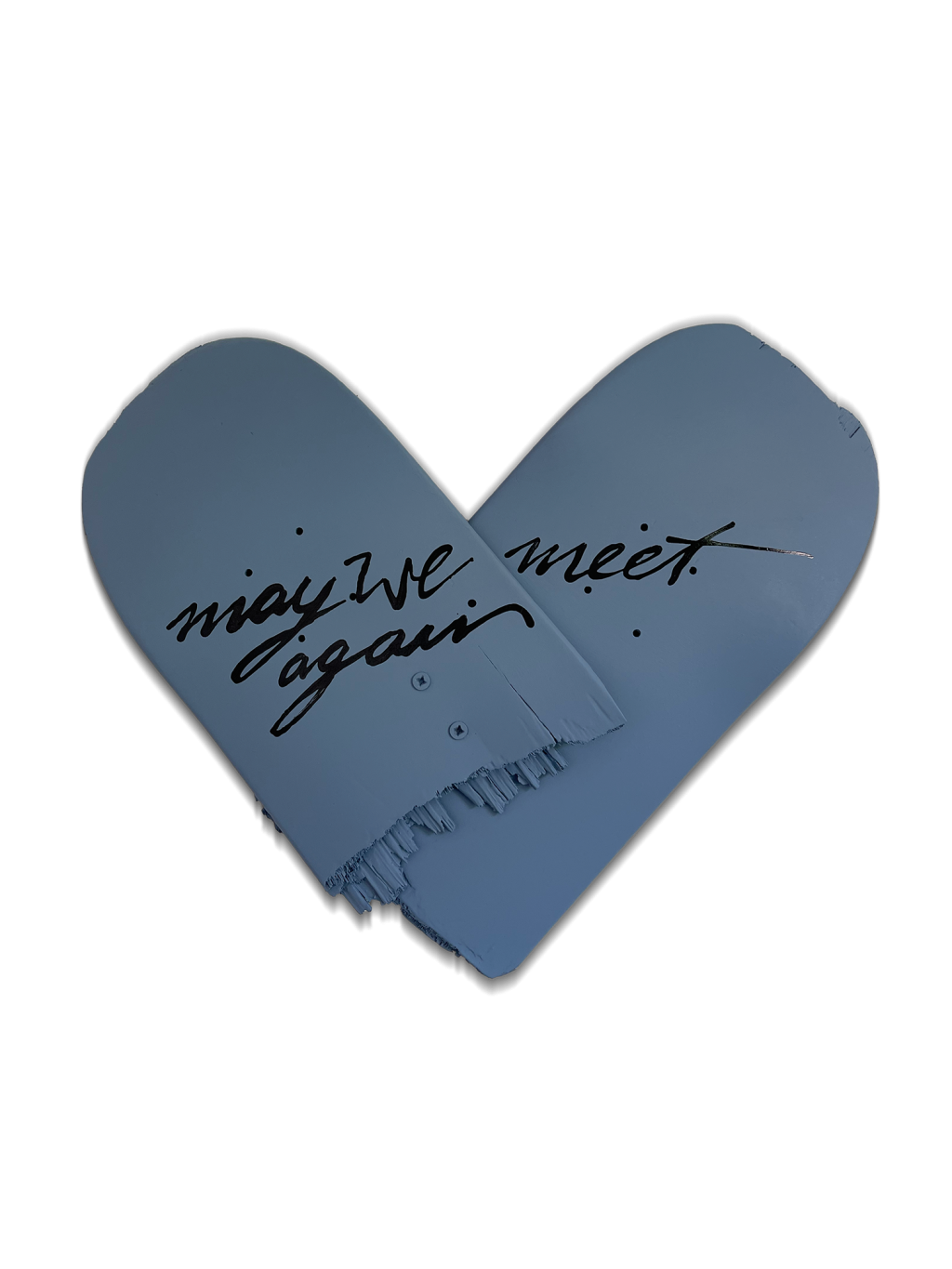Two sides of the same canvas: Efkan & Oemer
Some collaborations, once formed, only grow stronger with time. The creative language shared by Efkan & Oemer is rooted exactly in that kind of bond. Having grown up side by side since childhood, the two brothers have transformed art into a multi-layered form of expression—drawing from skateboard culture and the raw energy of the streets. Their most recent stop on this creative journey, a collaboration with The Bodrum EDITION, reveals the emotional and intellectual connection they build with space itself. What sets them apart is not just their ability to create together, but their ability to think, feel, and evolve as one—fueled by mutual trust, a shared memory, and a multidisciplinary perspective.
DUYGU: Let’s go back to the beginning—what turned you into Efkan & Oemer? How did it all begin?
EFKAN: As brothers, we’ve always been connected in some way since we were very young. Our creative journey started quite early—we used to spend hours drawing with pencils and paints, and later began experimenting on canvas together. I remember once starting a piece but leaving it unfinished; the next day, without telling me, Oemer had completed it—and even sold it. That moment made me realize just how deeply we shared the same passion.
After finishing our studies—mine in fashion design, and Oemer’s in communication design—we began working on our first projects and exhibitions. That’s when the name “Efkan & Oemer” really started to take form.

DUYGU: What does creating together mean to you?
OEMER: It means a lot to us. We always support one another and know we can rely on each other no matter what. At the same time, we’re each other’s biggest critics—which we believe is what pushes our work forward. Every time we create something together, it takes us right back to those early days of our childhood when we first started making art.
DUYGU: Your work has a distinct voice—one that draws from street culture and channels everyday emotions. How does inspiration show up in your creative process?
EFKAN: Inspiration plays a huge role in how we create. Even though we come from different backgrounds and have different sources of influence, we always find a way to bring those together into something that reflects what drives us. We travel a lot, and we find inspiration everywhere—in the smallest moments, like walking through the streets with our headphones on, in the everyday. These tiny details spark ideas, and we constantly share them with each other. That back-and-forth really fuels our creativity.
DUYGU: When did skate culture first come onto your radar? Were you actively part of it before bringing it into your art?
EFKAN: We don’t skate anymore—though we wish we still did. But we’ve always had a deep interest in skate culture, and it continues to inspire us. As kids, we used to skate around the neighborhood, and that style has always stayed with us. Back in 2009, I was working at a skate shop, and my boss asked me to paint a board for a charity auction. That moment marked the beginning of our experiments with skateboards as a medium. Since then, they’ve appeared in almost every exhibition we’ve done. It all came to a peak with our 2023 series Broken Boards, featuring heart-shaped designs.

DUYGU: Can you tell us about your collaboration with The Bodrum EDITION? From the idea to its public debut—how did the process unfold for you?
EFKAN: In our first conversation with The Bodrum EDITION team, they told us how special the season opening was for them and how they wanted to mark it with a two-day unforgettable event. From the start, they made it clear that art wasn’t just a decorative element for the hotel, but an essential part of its DNA. That vision really resonated with us—because we also believe that art isn’t only about aesthetics; it’s a force that creates emotional connection, provokes thought, and gives space its identity. This shared perspective made the collaboration feel incredibly natural. In the end, every detail of the season’s opening became an experience that truly reflected the spirit of EDITION.
OEMER: At the time, we were already working on a curatorial project that aligned with similar values. We carefully shaped the selection together with our gallerist. The Bodrum EDITION’s vision of creating a space that lives and breathes art was completely in sync with our own approach to making. Presenting our first exhibition in Turkey within such a refined context held deep meaning for us. The live performance at the opening drew a lot of attention—the connection we built with the audience was both strong and sincere. This collaboration wasn’t just an exhibition; it was an experiential and multi-layered whole. And the fact that we were given complete creative freedom—perhaps the most valuable thing an artist can ask for—made it even more special. Knowing that our works will continue to be on view at The Bodrum EDITION throughout the season only reinforces the sustainability of this dialogue.
DUYGU: What kind of dynamics come into play when creating site-specific work?
EFKAN: It’s really important that the pieces feel like they belong to the space—that they don’t come across as randomly placed. Especially in a setting like The Bodrum EDITION, we wanted the works to breathe, to naturally engage in a dialogue with their surroundings—as if they had always been meant to exist there.
DUYGU: Sanat ve mimari arasındaki bağı nasıl yorumlarsınız?
OEMER: Sanat ve mimari benim için derin bir şekilde bağlantılı; sadece biçim ya da bina değil, atmosfer yaratmanın ve duyguları hayata geçirmenin araçları onlar. Sanat ve mimari beraberken, gerçekten insanlara dokunan alanlar ve eserler ortaya çıkıyor.
DUYGU: What does Bodrum represent in your own reality?
EFKAN: We spent a lot of time in Muğla and across Turkey during our childhood, which created a deep connection with Bodrum. Even though we were born and raised in Germany, these two worlds aren’t in contrast—they form a layered identity. For us, Bodrum isn’t just a place; it’s a collection of memories and cultural roots that shaped who we are.
OEMER: In our work, we take the past, bring it back, and reinterpret it—we’re constantly building a bridge between then and now. That’s why “May we meet again” isn’t just a slogan; it’s a promise that times, cultures, and memories will find their way back to each other.

DUYGU: The clarity of message really stands out in your work. What led you to choose this specific visual language?
OEMER: The core message in our work tends to stay the same, but as someone with a background in communication design, it feels natural for me to reshape that message through abstraction—through both text and imagery. Since my education was rooted in conveying ideas, I experiment with different fonts and forms to express the same thought in new ways. That allows us to adapt the form to our emotions, and in turn, shape how the audience experiences the message. This way of expressing things has come to define our language.
DUYGU: If creating is a journey—what’s next for you?
EFKAN: For us, art isn’t a static concept—it’s a living, constantly evolving process. We feel that interest in art is growing, especially when it intersects with fashion and architecture. These points of convergence are incredibly exciting for us, and we want to keep exploring and shaping those spaces.